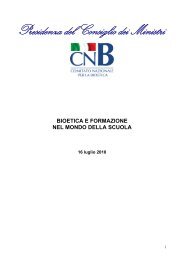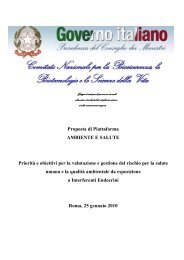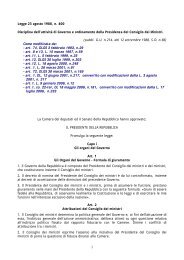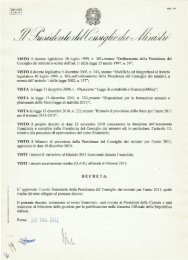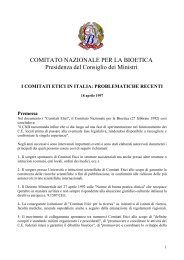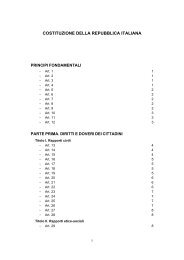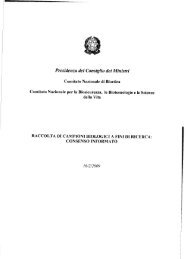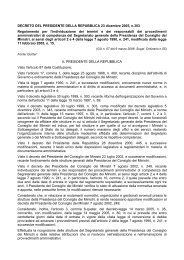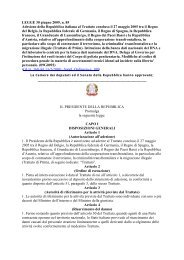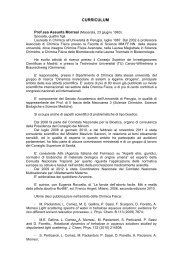President
President
President
Create successful ePaper yourself
Turn your PDF publications into a flip-book with our unique Google optimized e-Paper software.
“disintegration” of the organism, therefore of the human being. The individual<br />
dies not before or after the death of the human organism, but “with” the death<br />
of the human organism. The death of the human organism identified with brain<br />
death is the empirical evidence (which can be observed directly with a clinical<br />
investigation) of the ontological breakdown of the individual unit (ontological<br />
death is not directly accessible to the senses, but we can observe its signs and<br />
effects through clinical assessment criteria of the death of the organism), as<br />
there is a convergence between the life of an individual and the existence of<br />
the corporeal organism 218 . Death exhibits the cessation of the organism’s<br />
autopoietic capability, the ability to maintain its own functional and<br />
psychosomatic unit.<br />
The premise that death occurs because of the loss of the “organism’s<br />
fundamental functioning” to justify the validity of neurological criteria has been<br />
accepted also by the <strong>President</strong>’s Council on Bioethics in the United States in<br />
the abovementioned document Controversies in the determination of death.<br />
The traditional ilemorphic perspective that implies the identification of the<br />
soul with the ontological form of the body is compatible with the identification of<br />
the organic physiological unit with the encephalus. If the whole of the different<br />
parts (listed above) that make up the encephalus (which common language<br />
identifies as the brain) ceases to guarantee the functional unity and the<br />
integration of the organic body, the body is not alive anymore, that is, from this<br />
point of view it is no longer able to be vivified by the soul. The language of<br />
metaphysics and ontology is also preoccupied with highlighting the inevitable<br />
mystery of death and the difficulty of identifying precisely the moment in which it<br />
becomes irreversible; in the meantime, this language and even more the<br />
language of religious faith express the conviction that beyond death there is still<br />
a spiritual element of man. However we cannot ask science what death is and<br />
what is its existential significance for man; at most we can ask science what are<br />
the signs that can be associated more confidently with death. The signs<br />
identified by science to ascertain the loss of the organism’s integration by<br />
observing the cessation of encephalic activity are believed to be necessary and<br />
sufficient to determine the individual’s death, identified with the disintegration of<br />
the unit and the “separation of the individual’s vital source, or soul, from his/her<br />
corporeal form” 219 .<br />
3.5. The position of the NBC<br />
Despite the scientific and philosophical criticism against whole brain death<br />
(encephalic death), the NBC believes that the neurological criterion has<br />
biological and moral validity.<br />
Whole brain death means the irreversible interruption of all brain activity<br />
(hemispheres and brainstem). When it is proven that the encephalus has totally<br />
and irreversibly lost its activities and functions, we can say that the individual is<br />
dead, because the organism has ceased to exist.<br />
218<br />
M.P. Faggioni, La vita nelle nostre mani. Corso di bioetica teologica, Torino 2004, pp. 194<br />
ss.<br />
219<br />
E. Sgreccia, Manuale di bioetica. Fondamenti ed etica biomedica, vol. I, Milano 2007, p.<br />
845; G. Cottier, Discussion on Prof. Spaemann’s Paper, in Pontificia Accademia Scientiarum,<br />
The signs of death, cit., p. 143; Pontificia Accademia delle Scienze, Perché il concetto, cit., p.<br />
56 and Miranda, Relazione, cit.<br />
169




